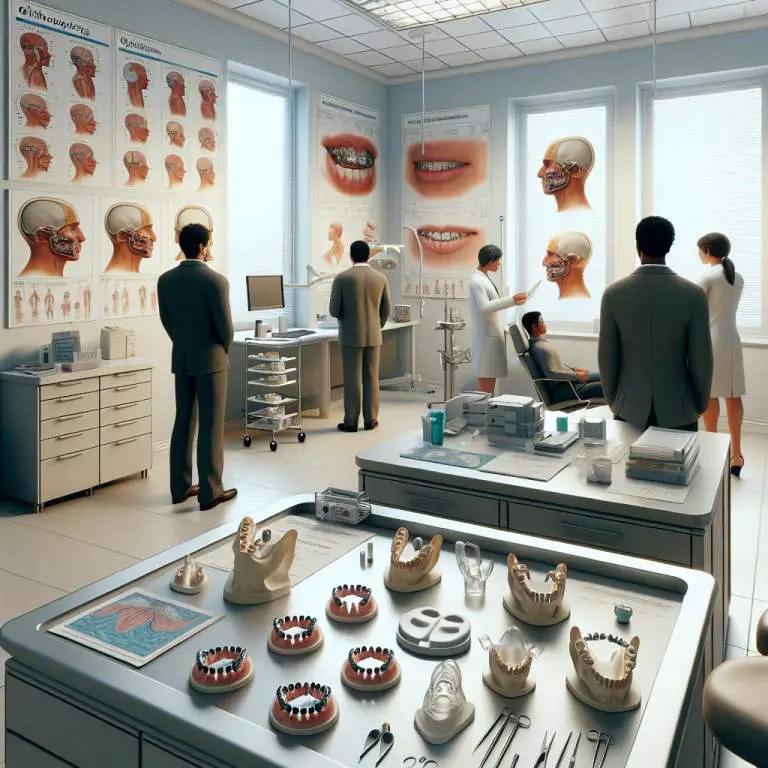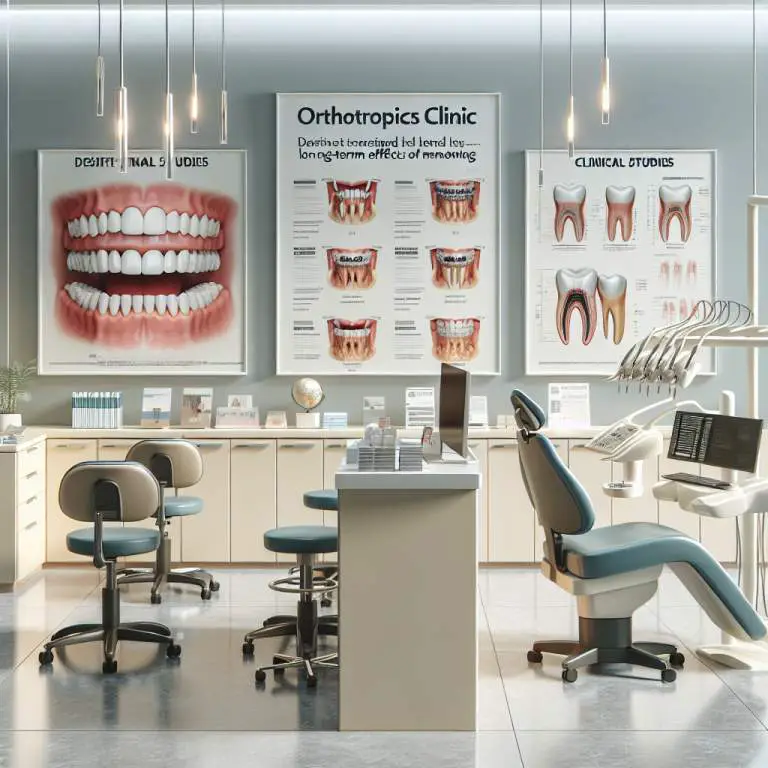What are the dental health implications of long-term mewing?
Long-term mewing, which involves pushing the tongue against the roof of the mouth to potentially improve facial structure, can have mixed effects on dental health. If done correctly, it might help align the teeth and jaw properly, leading to better oral posture and possibly reducing the risk of certain dental issues. However, incorrect mewing techniques can lead to uneven pressure on teeth, causing misalignment or bite problems over time. It’s important to approach mewing with caution and seek advice from dental professionals.

How Does Mewing Affect Jaw Alignment Over Time?
Mewing is a technique that some people believe can change the way your jaw looks by changing how you position your tongue. When you practice mewing, you press your tongue against the roof of your mouth. This is supposed to help shape your jawline and make it look better over time.
Some folks think that if you keep doing this for a long time, it can actually move your jaw and teeth into a new position. This could mean that your face might look different after a while. But remember, changes like these don’t happen overnight. It takes a lot of patience and consistent effort.
Can Mewing Lead to Changes in Bite or Occlusion?
When we talk about bite or occlusion, we’re talking about how our top and bottom teeth come together when we close our mouth. If mewing is done correctly, some people say it could possibly lead to changes in the way your teeth fit together. This is because the position of your tongue can influence the shape of your jaw and teeth alignment over time.
However, it’s important to know that making big changes to your bite usually requires more than just changing where you put your tongue. Dentists often use braces or other tools to correct bite issues. So, while mewing might have some effect, it’s not likely to be as big as what dental treatments can do.
What Are the Potential Risks of Incorrect Mewing Techniques on Dental Health?
If someone doesn’t do mewing the right way, there could be risks involved. For example, pushing too hard with your tongue or putting it in the wrong spot could mess up how your teeth line up. This might even lead to problems with biting or chewing if it gets really bad.
Also, doing mewing wrong could put extra stress on certain teeth or parts of the jaw. Over time, this might cause pain or discomfort in those areas. That’s why it’s super important to understand how to do mewing correctly before trying it out.
Does Mewing Have Any Impact on TMJ (Temporomandibular Joint) Disorders?
The TMJ is a joint that lets us open and close our mouth. It’s located near our ears and connects our jawbone to our skull. Some people wonder if mewing can help with TMJ disorders, which are problems related to pain or movement issues in this joint.
There isn’t a clear answer yet on whether mewing can improve TMJ disorders. Some folks think that by improving jaw alignment through mewing, there might be less strain on the TMJ which could reduce symptoms like pain or clicking sounds when moving the jaw. However, more research is needed to know for sure if there’s a real benefit here.
| Aspect | Short-term Effects | Long-term Effects |
|---|---|---|
| Jawline Definition | Potential slight improvement due to muscle engagement. | More defined jawline due to muscle hypertrophy and potential bone remodeling. |
| Bite Alignment | Minimal impact, but may help in reducing tension in the jaw for some individuals. | Possible improvement in bite alignment and function, depending on consistency and technique. |
| Tooth Positioning | Likely no significant change in the short term. | Potential for minor adjustments in tooth positioning, especially if combined with orthodontic guidance. |
| Gum Health | No direct impact expected unless mewing technique improves oral hygiene habits indirectly. | No significant direct impact anticipated; focus should remain on traditional oral hygiene practices for gum health. |
| Oral Breathing Habits | May help reduce oral breathing by promoting nasal breathing when practiced correctly. | Reduced oral breathing can lead to improved oral health and potentially reduce the risk of dental decay and gum disease over time. |
| Note: The effectiveness and impact of mewing vary widely among individuals. Consultation with dental professionals is recommended for personalized advice. | ||
Is There Scientific Evidence Supporting the Dental Health Benefits of Mewing?
Mewing, a technique that involves proper tongue posture, has gained popularity online. Many claim it can improve dental health and jawline appearance. However, when it comes to scientific evidence supporting these claims, the data is sparse. Most of the information available comes from testimonials and personal accounts rather than rigorous scientific studies.
Researchers have yet to conduct extensive studies on mewing’s long-term effects on dental health. While some orthodontic theories support the idea that proper tongue posture can influence jaw development, conclusive evidence linking mewing to significant dental health benefits is lacking. This leaves many in the dental community skeptical about its effectiveness.
How Can Mewing Influence Oral Hygiene and Health?
Mewing proponents suggest that correct tongue positioning can lead to improved oral hygiene and health. The theory is that by maintaining the tongue against the roof of the mouth, one can naturally align their teeth and potentially reduce the risk of oral health issues like malocclusion (misaligned teeth) and breathing problems during sleep.
Additionally, practicing good tongue posture might help with saliva production and distribution around the mouth. Saliva is crucial for neutralizing acids produced by bacteria, thus protecting teeth from decay and promoting overall oral health. However, it’s important to note that these benefits are largely theoretical at this stage, with more research needed to confirm them.
What Precautions Should Be Taken When Practicing Mewing to Avoid Negative Dental Outcomes?
While mewing might offer potential benefits, it’s essential to approach it with caution to avoid negative outcomes. One key precaution is ensuring not to apply excessive pressure with the tongue against the teeth or palate. Doing so could inadvertently shift teeth or cause other dental issues over time.
It’s also advisable for individuals interested in mewing to consult with a dental professional before starting. An orthodontist or dentist can provide personalized advice based on an individual’s specific dental structure and needs. This step is crucial in preventing unintended consequences that could affect one’s oral health negatively.
Final Thoughts
The practice of mewing has sparked considerable interest among those looking to improve their facial aesthetics and dental health through non-invasive means. While anecdotal evidence suggests some benefits, there remains a clear need for scientific research to fully understand its impact.
Incorporating proper tongue posture as part of a broader approach to oral hygiene may be beneficial, but it should not replace traditional methods of maintaining dental health such as regular brushing, flossing, and professional check-ups. As always, consulting with healthcare professionals before trying new practices like mewing is wise to ensure they align with one’s individual health needs.







